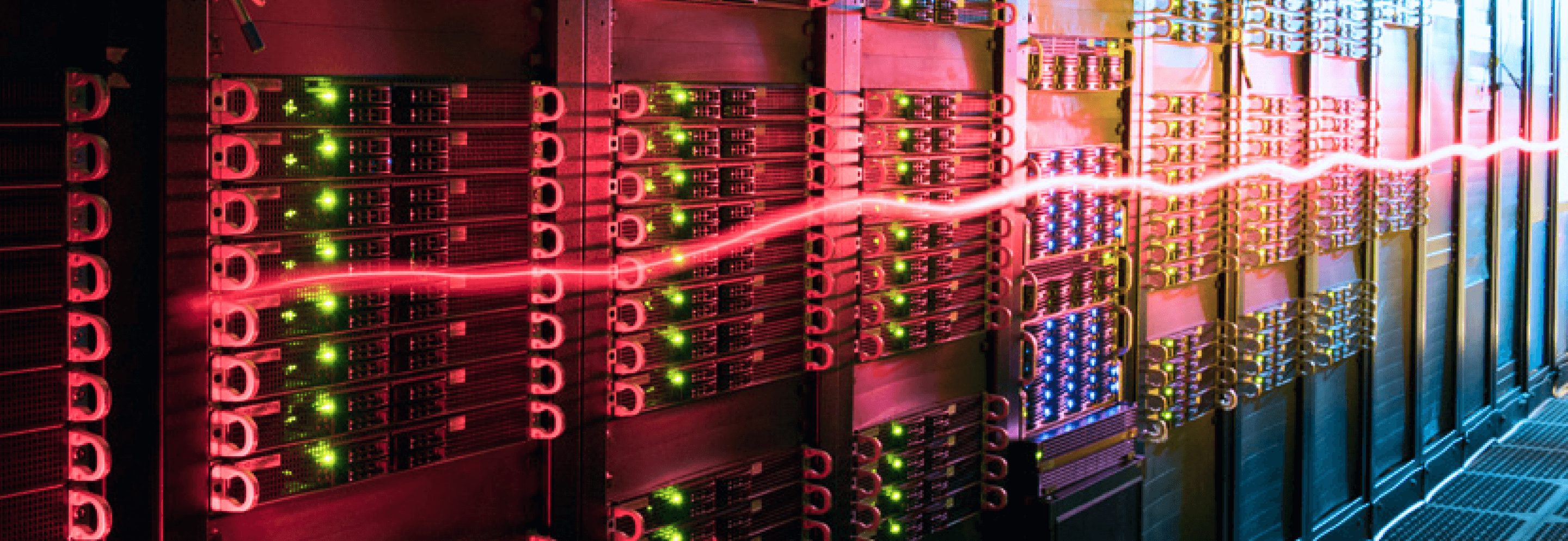The DUNE collaboration will build enormous neutrino detectors. The DUNE near detector, will live 60 meters (200 feet) underground at the experiment’s near site, Fermilab in Batavia, Illinois. This detector allows scientists not only to examine the composition of the neutrino beam just after its creation but also to search for new particles and subatomic phenomena that could revolutionize our understanding of particle physics.
After the neutrinos pass through the near detector, they will morph from one of their three types into another as they speed through the earth to the much larger detector, called the DUNE far detector, at Sanford Underground Research Facility in Lead, South Dakota.
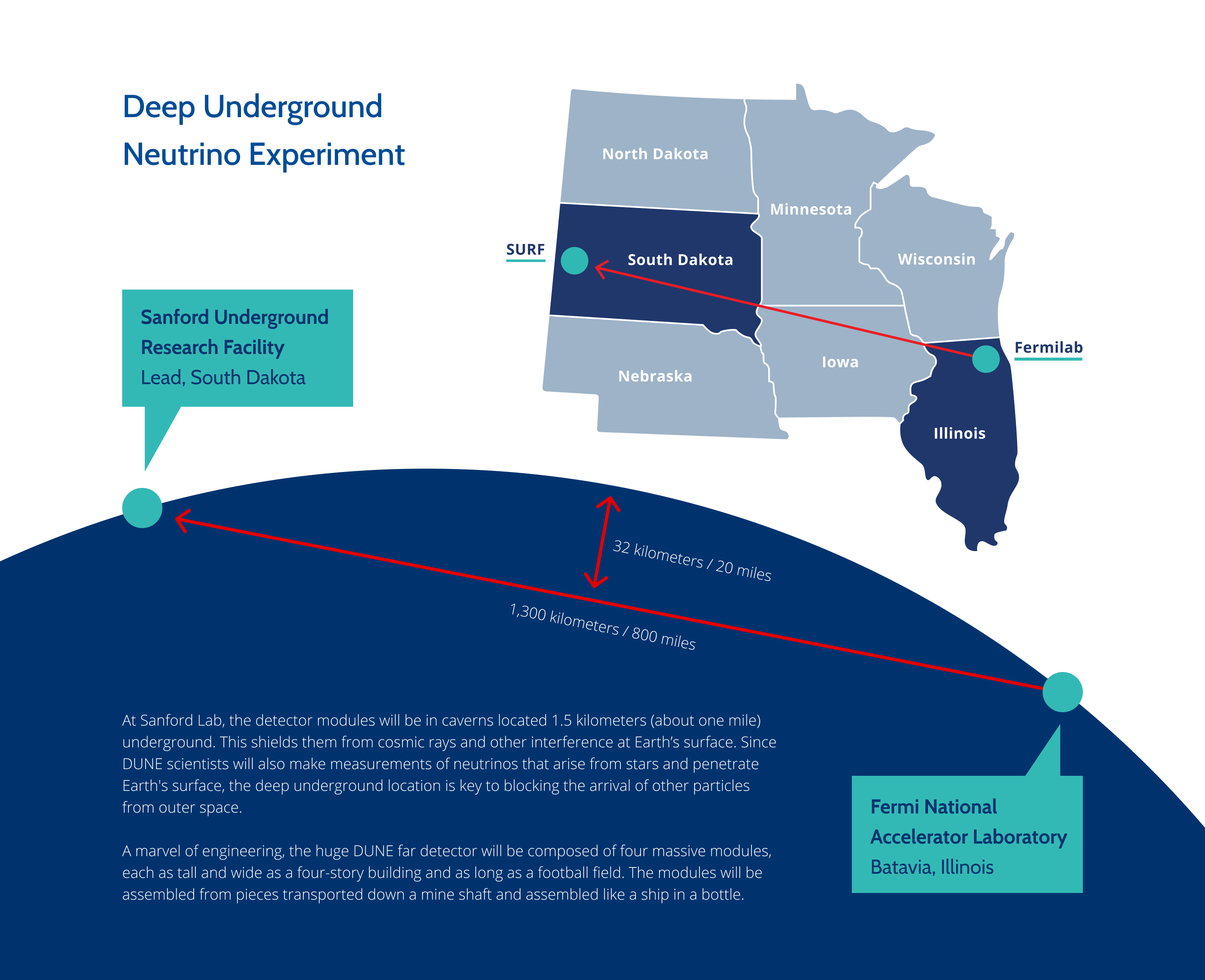
One of four detector modules in South Dakota
The far detector will be the largest and most technologically advanced liquid-argon neutrino detector in the world, more than 20 times larger than existing detectors of this kind.
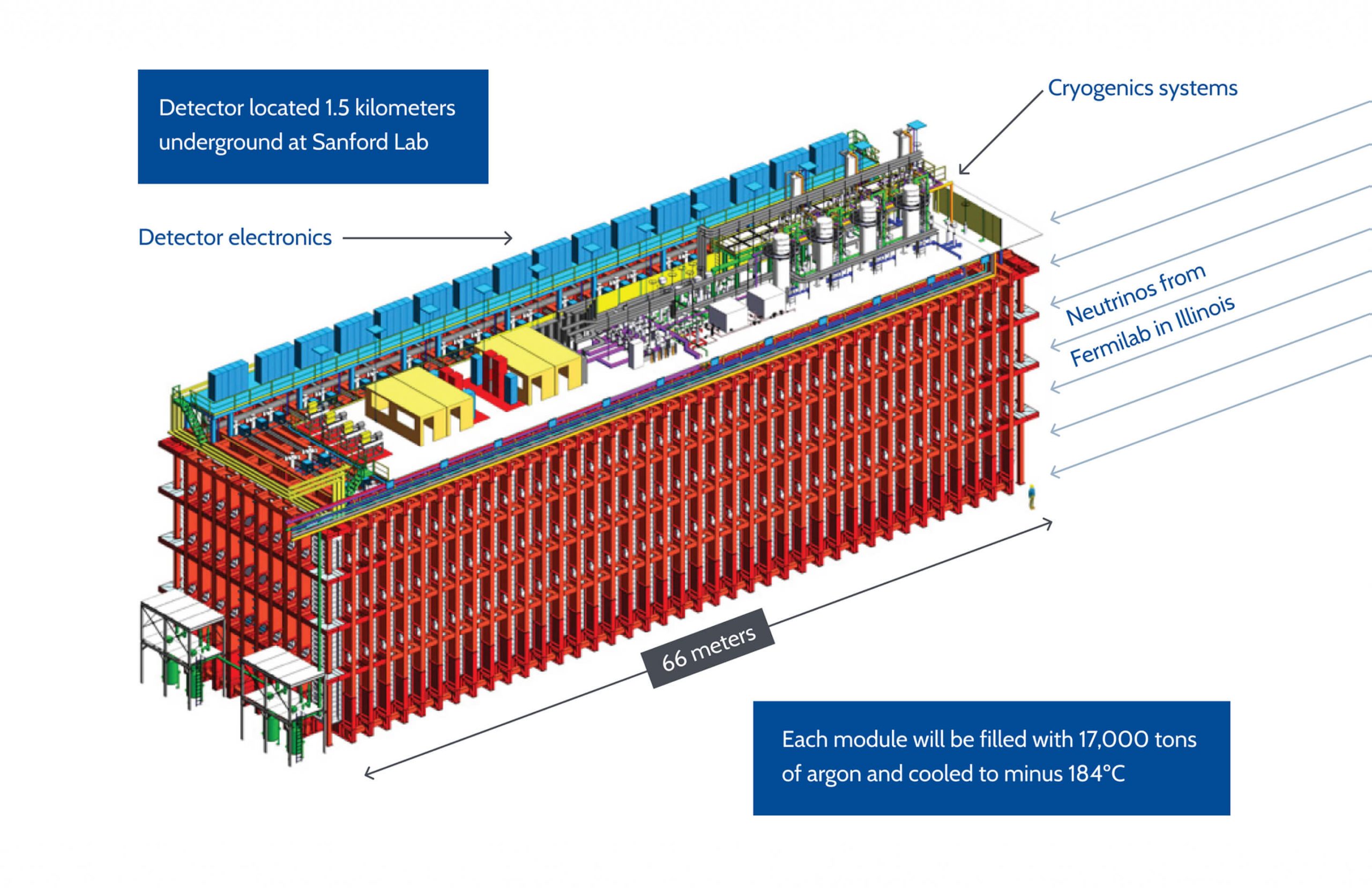
Combined, the four detector modules will hold nearly 70,000 tons of ultrapure liquid argon. Argon is an element commonly found in air that is well-suited to studying neutrinos – the large size of its atoms makes an interaction more likely.
When a neutrino bumps into an argon atom’s core, it produces particles that knock loose electrons in the liquid argon. A high voltage draws these electrons to wire planes installed inside each detector module. This results in a distinctive, precise signal that yields important information about the neutrino interaction and allows for a 3D reconstruction of the particles’ trajectories.
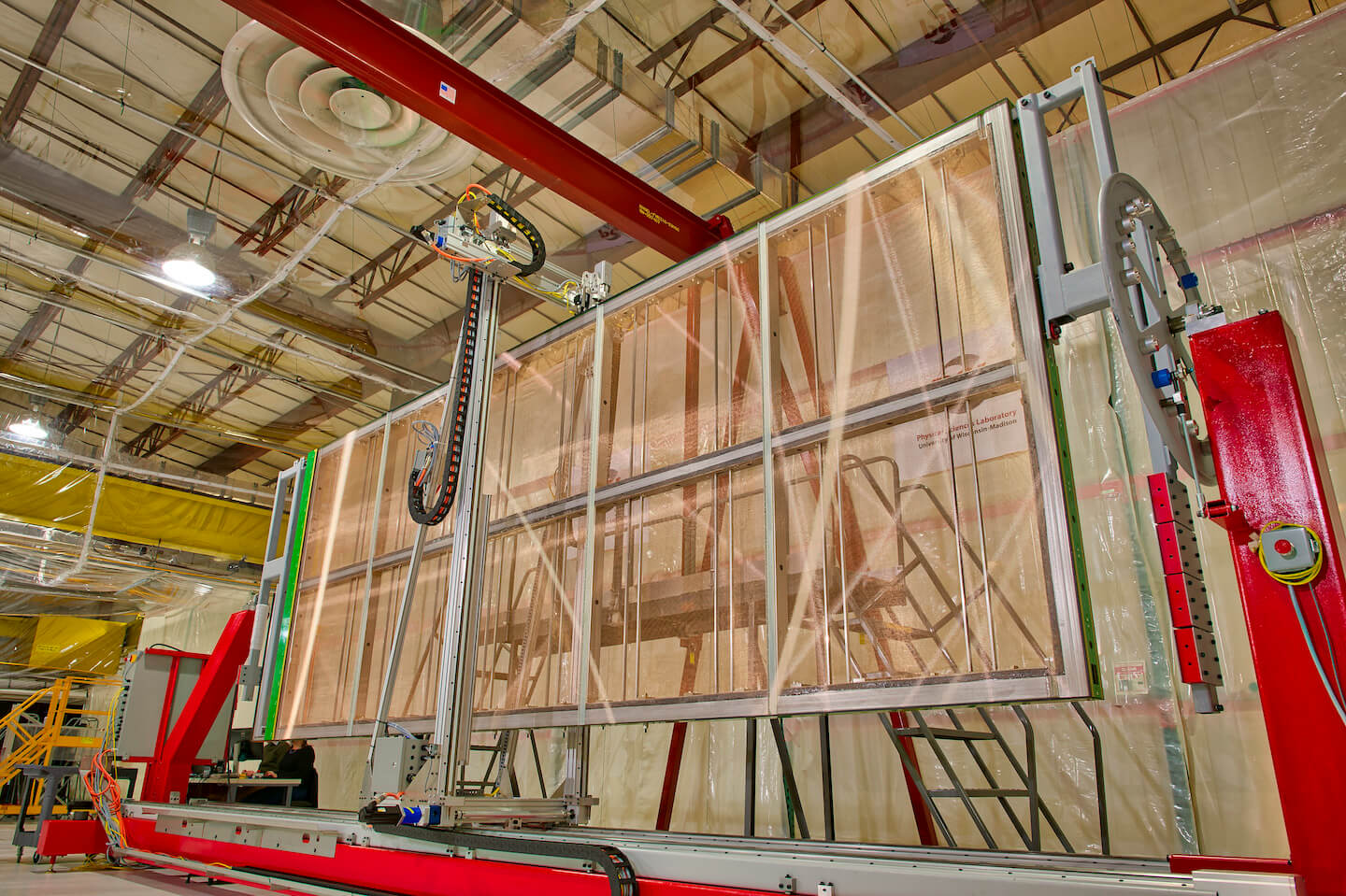
DUNE scientists are currently prototyping two large-scale kinds of argon detector — a single-phase one that uses only liquid argon and a two-phase detector that uses argon as both a liquid and a gas. Filled with 800 tons of argon and almost as tall as a three-story building, these enormous ProtoDUNE detectors were constructed and used to test potential DUNE technologies at CERN, the European particle physics laboratory that is a partner in DUNE.
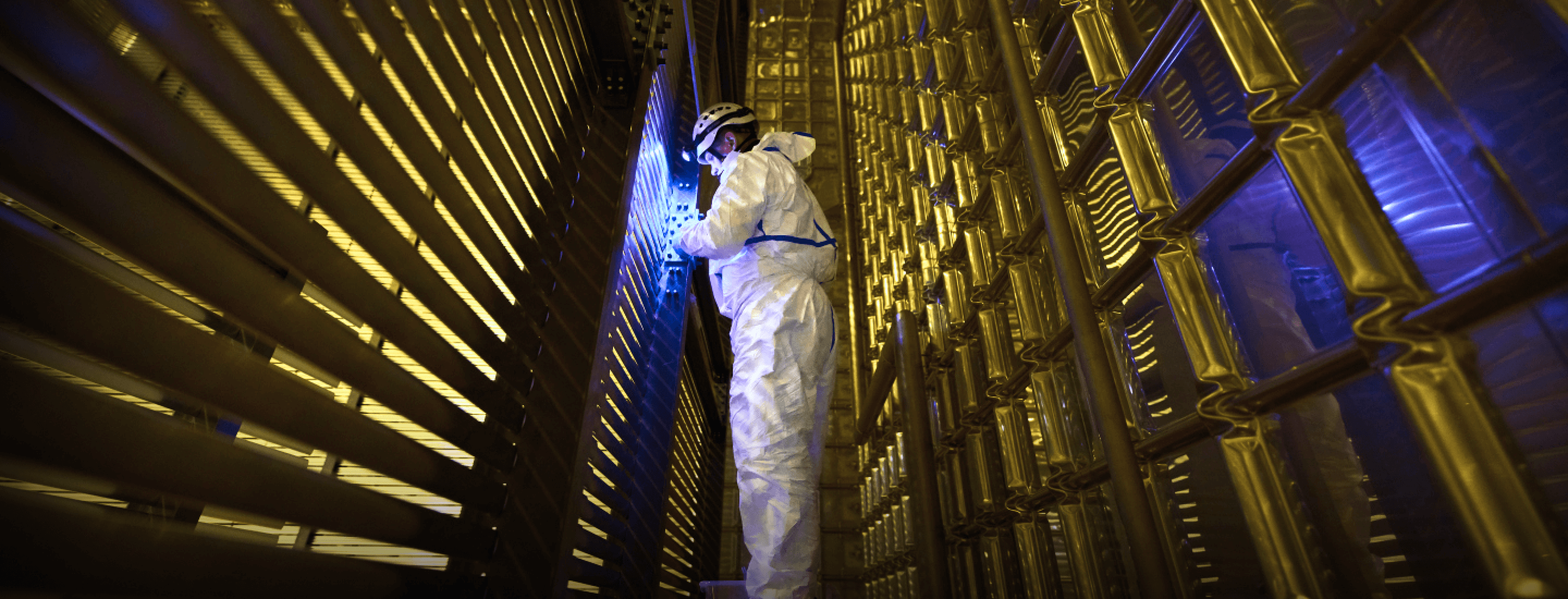
The single-phase ProtoDUNE detector successfully recorded its first particle tracks in 2018, and the dual-phase ProtoDUNE detector demonstrated the potential of this new technology in 2019.
Computing for terabytes of data
DUNE’s detectors will collect a staggering amount of data – several terabytes every second that the detector is running. The data acquisition system will have to reduce this by a factor of about 10,000 before the data can be managed, stored, accessed and analyzed by scientists around the world. It also has to be flexible and robust enough to handle about 50 terabytes in 10 seconds if a star goes supernova in the Milky Way, releasing an enormous burst of neutrinos.
The appearance of the first tracks in the ProtoDUNE detector and the consequent data taking are already a testament to the DUNE world-class computing resources and expertise. Even though the prototypes are small compared to the planned DUNE far detector, handling the data volume that these detectors produce is a challenge on its own. The computing teams involved have successfully produced a system that provides transparent access to the data for all the DUNE scientists.
